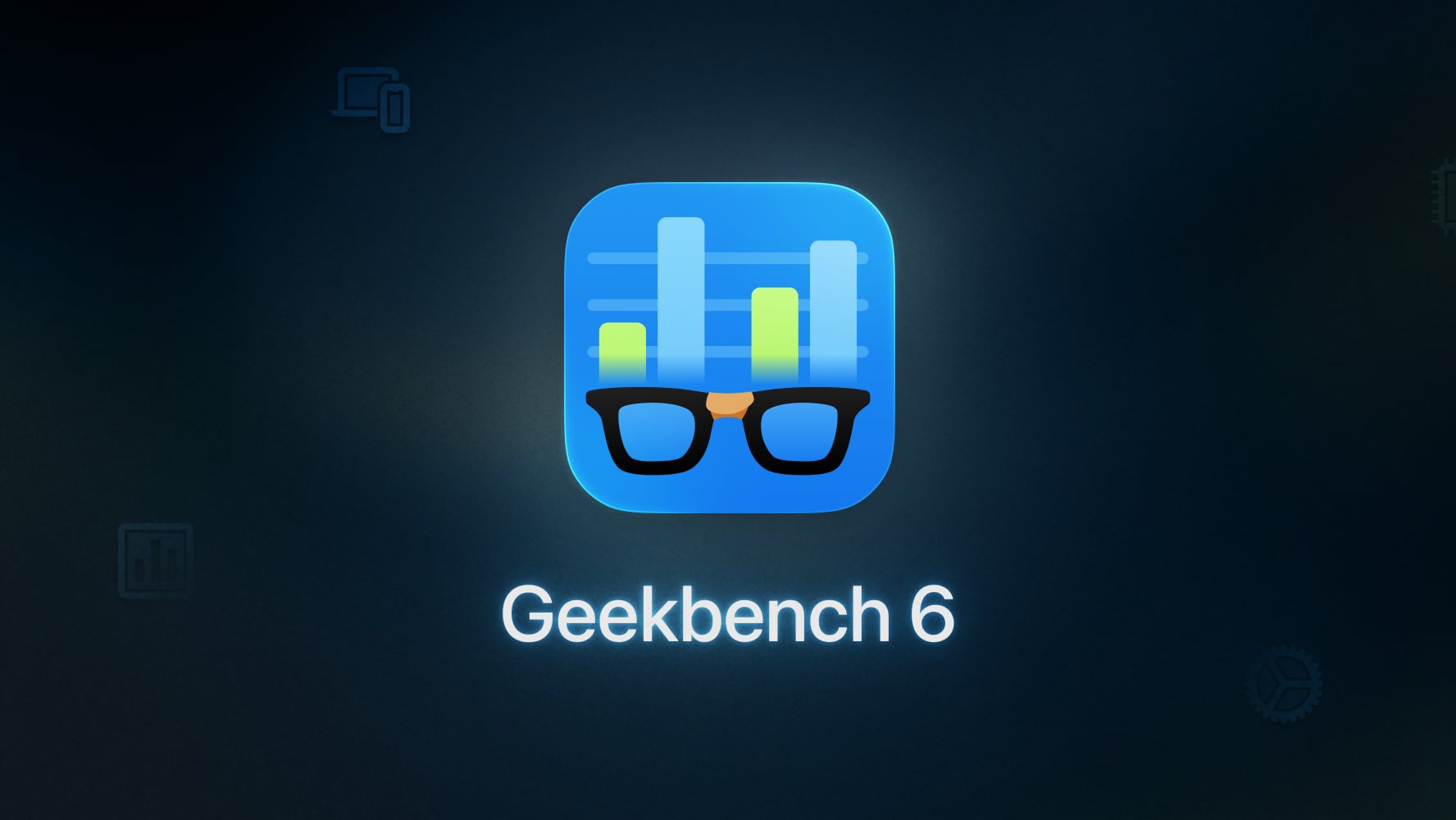
Primate Labs today announced the launch of Geekbench 6, the newest version of the company's cross-platform benchmarking suite. Geekbench 6 is an upgrade from the existing Geekbench 5 that was introduced in 2019, and it includes support for new hardware standards along with results that better mimic real-world device performance.

The updated software navigates away from heavy reliance on pure single-threaded CPU numbers, with machine learning and other workloads changing the way that benchmarks need to work. Testing datasets have been replaced to better "reflect modern hardware and applications."
- Bigger photos in resolutions captured by modern smartphones (12 to 48MP)
- HTML examples representative of modern web design standards
- A larger library of images for import tests
- Larger maps for navigation tests
- Bigger and more modern PDF examples
- An increase in Clang workload size.
Multi-core benchmarking has been overhauled and is designed to measure how cores share workloads in true-to-life workload examples, and there are a number of new tests that measure how people use devices. Existing tests have been updated as well.
- Background blur, as during video conferences
- Photo filters, similar to those used by modern social media apps
- Object detection for AI workloads
- Photo library for importing and semantic tagging photos and metadata
- Text processing for parsing and converting things like markdown and regex in Python (more true to real developer use cases)
Article Link: Primate Labs Launches Geekbench 6 Benchmarking Suite

